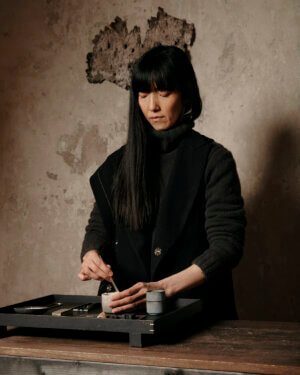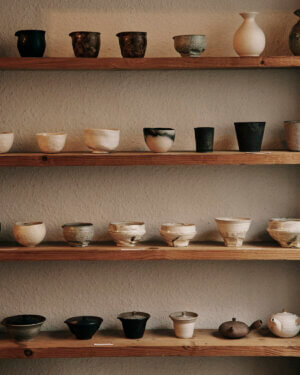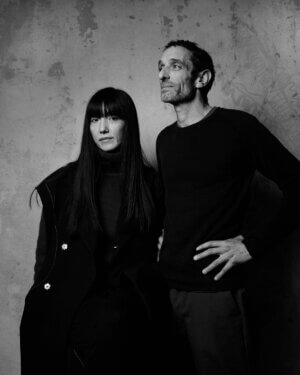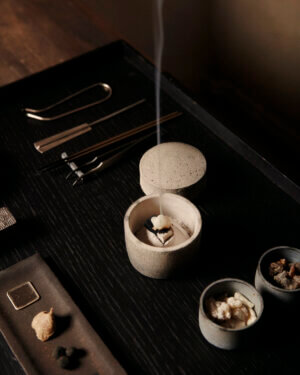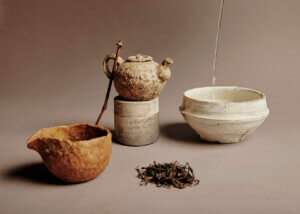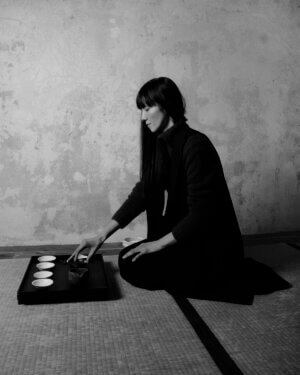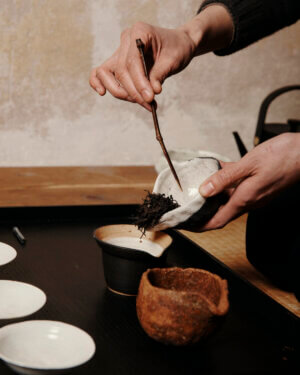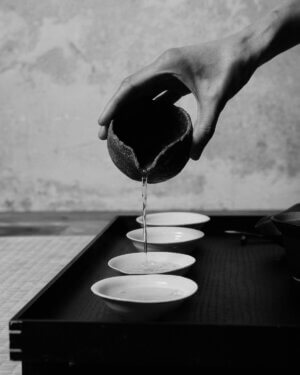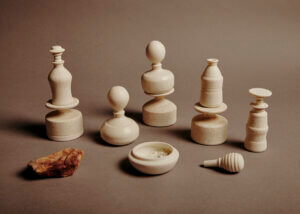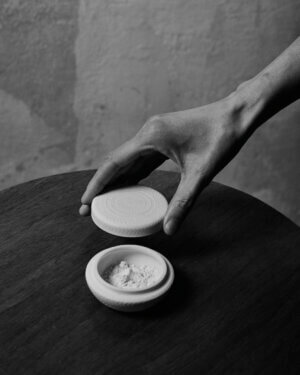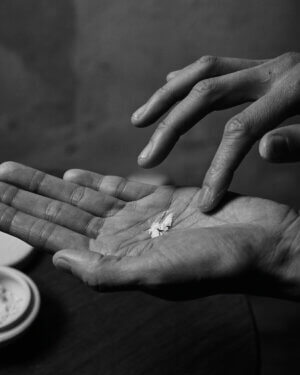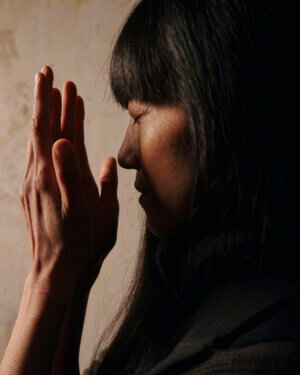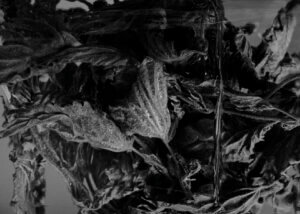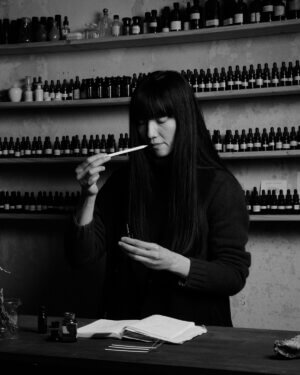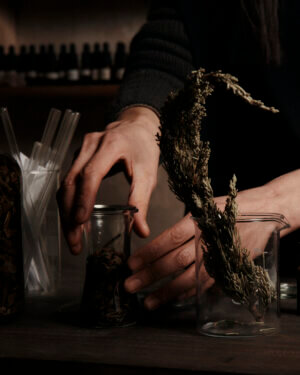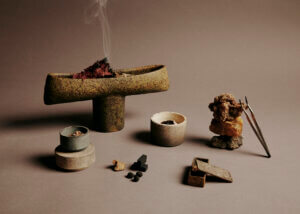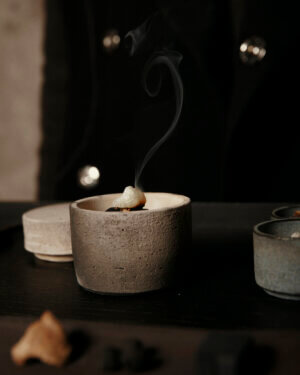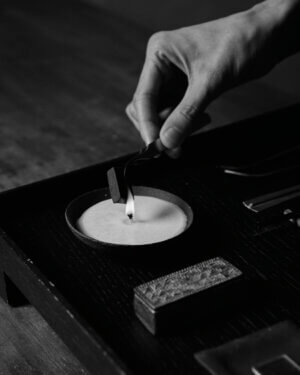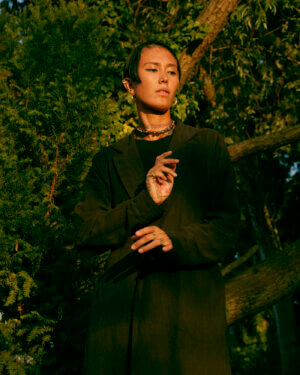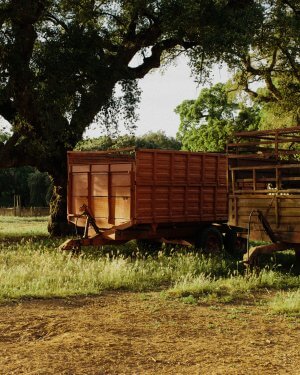In the eight years since Ryoko Hori and her partner Daniel Kula opened their Senses Salon in Berlin’s Kreuzkölln neighborhood, the space has developed a cult following for its exquisite selection of raw oud, Japanese incense, natural perfumes, handmade ceramics and countless other aromatic objects you’d be hard-pressed to find outside of Japan, let alone elsewhere in Berlin. The space also hosts workshops in everything from Kintsugi, the Japanese art of repairing broken pottery, to pranayama meditation and miso making.
Born and raised in Osaka, Ryoko studied massage therapy in Japan, immersing herself in the ancient Shinto and Shiatsu traditions, and studied Ayurveda in India before relocating to Berlin where she eventually met Daniel. The Frankfurt-born son of Romanian Jews, Daniel worked for decades in the film industry but had a longstanding interest in the craft traditions of Japan and an aesthetic sense that aligned perfectly with that of Ryoko. Now, as they create a series of sensorial rituals for the Reethaus, Flussbad‘s subterranean performance space and spatial sound studio opening this year, Ryoko and Daniel spoke about their creative process and walked us through four scent rituals: the tea ceremony (Chanoyu 茶の湯 – The Way of Tea), a purification ritual with scent powder (Zuko 塗香), the “composition” of a natural perfume, and the incense ceremony (Kōdō 香道 – The Way of Incense).
